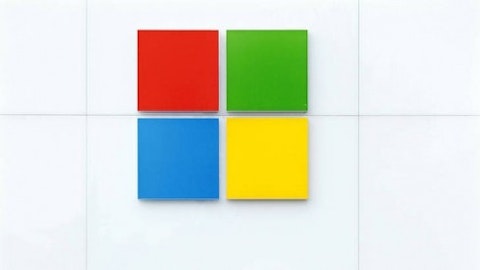Analysts are expecting a mid-September launch of the Apple iPhone 5S and 6. Apple Inc. (NASDAQ:AAPL) will launch both a high and lower-end device. The lower-end device will be sold in markets like China and India, and will be Apple Inc. (NASDAQ:AAPL)’s first attempt at capturing the emerging economies.
What to anticipate
Historically speaking, almost every fourth quarter, sales go through the roof by a significant margin from the previous year. While the year-over-year growth rates do decline, there’s no denying that there’s the potential for Apple to beat the average consensus estimate of 10.4% earnings growth for the following fiscal year. (Apple Inc. (NASDAQ:AAPL)’s fourth quarter ends in September, remember?)
Anyhow, the company is poised to grow significantly, and the bigger upside could be in its lower-end iPhone 6 smart phone device. The company plans to heavily market that device in the emerging market economies. Because of this, Apple could be able to tap into the emerging middle class.
Procter & Gamble projects the middle class will grow by 1.4 billion between 2010 and 2020 and 98% of that will come from the emerging markets. If that’s the case, then Apple Inc. (NASDAQ:AAPL)’s unit sales could grow at even higher rates than what analysts are currently projecting.
Global market share heavily favors Android currently
I believe that Google Inc (NASDAQ:GOOG)’s comparative advantage will eventually diminish when Apple Inc. (NASDAQ:AAPL) finally releases its Apple iPhone 6 in emerging markets. This will be the company’s lower-end device. The device will come with a plastic exterior, and is likely to be much cheaper to produce. This device is what will keep Apple Inc. (NASDAQ:AAPL) relevant in emerging markets as the average household income is substantially lower in these markets.
That being the case, Android still has a lot of pent-up growth ahead of it. It is highly probable that the company will be able to grow sales of its applications through its app store even if it were to give up some market share.
The two companies that will be stealing the market share would include both Apple and Microsoft Corporation (NASDAQ:MSFT). Microsoft Corporation (NASDAQ:MSFT) is aggressively pushing the Nokia Corporation (ADR) (NYSE:NOK) phone line up in the United States, and it is highly likely that Nokia will be able to remain competitive internationally as long as it can effectively maneuver itself.
Nokia still falls behind in basic product specifications, but makes up for that by being partnered with Microsoft Corporation (NASDAQ:MSFT). Microsoft has both an effective marketing strategy and is leveraging its operating system platform by making sure that Microsoft Office 365 will only be available to either iOS or Windows users.
Google still has momentum
Going forward though, Google Inc (NASDAQ:GOOG) is still expected to grow earnings at a fairly high rate. Analysts on a consensus basis are anticipating the company to grow earnings by 14.9% on average over the next five years. The growth in earnings seems reasonable when considering the sheer number of web capable devices that are likely to emerge. Qualcomm estimates that smart phone shipments will grow at a 24% compounded annual growth rate because of displacement of basic phones. Because of this, Android application store sales are likely to grow at high rates.
That being the case, Microsoft is also likely to thrive in this environment as Bing will be the default search engine on iOS 7, and Windows Phone 8. Because of this, the Bing search engine should be able to generate an even greater number of search queries, which will directly result in additional advertising revenue.
Conclusion
Apple Inc. (NASDAQ:AAPL), Microsoft, and Google are well positioned in the mobile arena. While the growth is heavily favoring Google Inc (NASDAQ:GOOG) and Apple right now, Microsoft has been able to gain market share over the past couple years.
Going forward, Apple’s earnings growth will be driven by lower-end smart phones. Google, on the other hand, will generate significant ad-revenue sales growth, because of the organic growth in smart phone devices.
The article Apple’s Turnaround Strategy originally appeared on Fool.com and is written by Alexander Cho.
Alexander Cho has no position in any stocks mentioned. The Motley Fool recommends Apple and Google. The Motley Fool owns shares of Apple, Google, and Microsoft. Alexander is a member of The Motley Fool Blog Network — entries represent the personal opinion of the blogger and are not formally edited.
Copyright © 1995 – 2013 The Motley Fool, LLC. All rights reserved. The Motley Fool has a disclosure policy.






